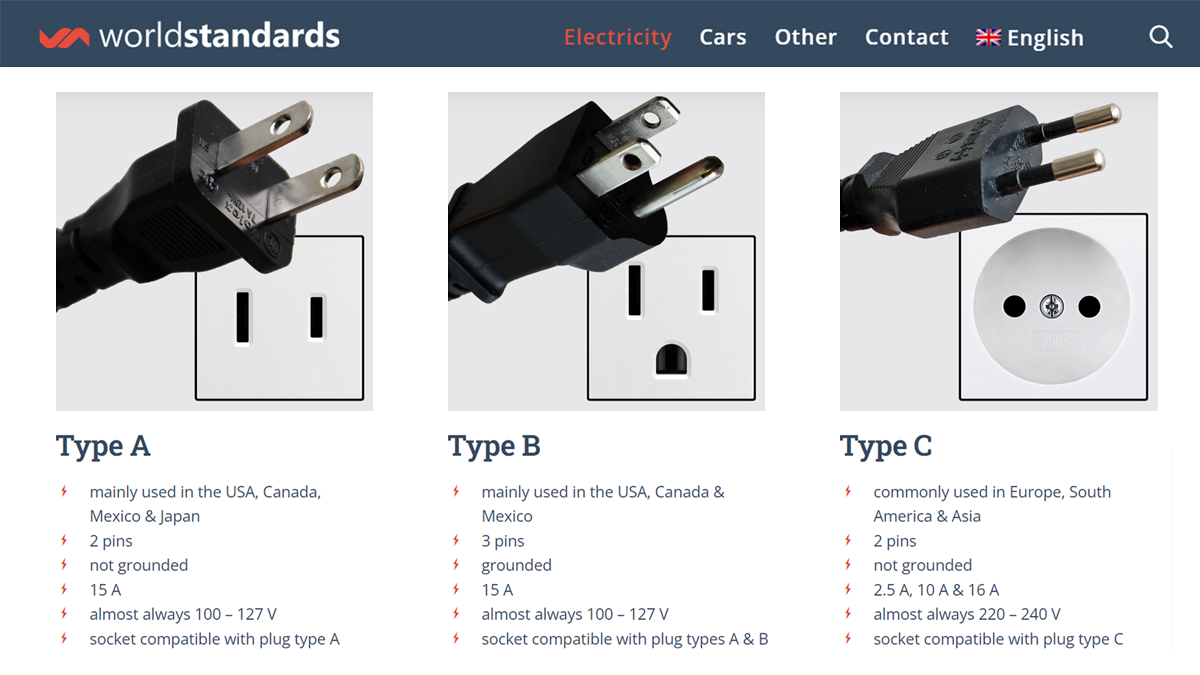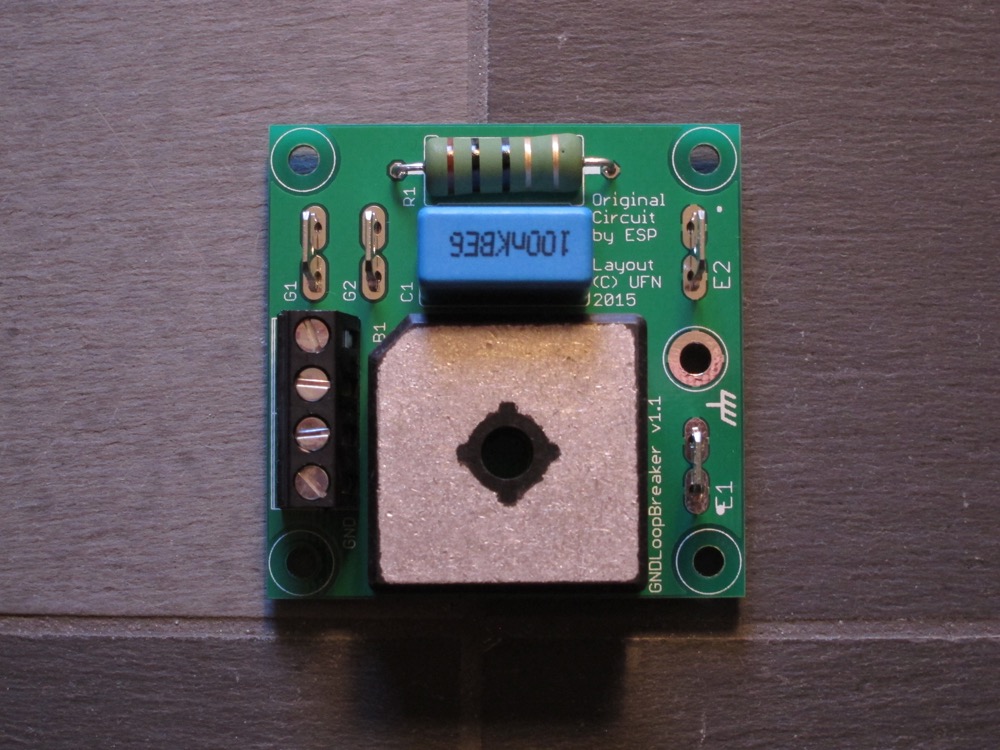- Joined
- Aug 14, 2018
- Messages
- 2,769
- Likes
- 8,146
My current signal chain is not ideal but for now it's what I have: source component (Oppo UDP-205) into graphic EQ, into power amp (Purifi-based unit). I have recently been hearing some low-level hum through the speakers when I go near them and no music is playing. (And no, I have no idea why the hum has appeared or else increased in level recently.)
I am using unbalanced interconnects because the EQ unit does not have balanced inputs or outputs. I have reasons for having the EQ in the chain, and while I am not permanently attached to this setup, I'd rather not get into that right now - I understand that moving to balanced interconnects could solve this problem in the long term.
But here is my question: After unplugging things, switching things around in different receptacles, swapping AC cords, power strips etc, and fiddling with lights and dimmers around the house, I have narrowed down the source of the hum to the Oppo in the following way:
So while I freely admit I do not fully understand how hum can be caused through the interactions among components, this process of elimination seems to show that when I lift the ground of the Oppo, the problem goes away.
For this reason, I have a Hum-X on order. Even though it does not lift ground (and therefore is safer), it apparently achieves the same result if the problem is a ground loop (and not EMI, for example). Only time will tell of course - I'll have to try it out and see.
In the meantime, I am wondering if it is actually unsafe to operate the Oppo with a lifted ground. I would not even consider, even as a temporary measure, lifting the ground on a power amplifier. But I am wondering about lifting the ground on a 2V line-level source component (which I am using for audio only - there is no TV hooked up to it or even in the room). Is it just as dangerous because we're still talking about mains power going through the unit's internal transformers? I would definitely want to prioritize safety, and it's a simple matter to wait a few days for the Hum-X to arrive and then try it. I'm just curious about the real-world implications of using a source component with a lifted ground.
Thanks for any advice or guidance folks can provide - and again, I understand that moving to a setup with balanced interconnects would likely be a better long-term solution here.
I am using unbalanced interconnects because the EQ unit does not have balanced inputs or outputs. I have reasons for having the EQ in the chain, and while I am not permanently attached to this setup, I'd rather not get into that right now - I understand that moving to balanced interconnects could solve this problem in the long term.
But here is my question: After unplugging things, switching things around in different receptacles, swapping AC cords, power strips etc, and fiddling with lights and dimmers around the house, I have narrowed down the source of the hum to the Oppo in the following way:
- Amp turned on, other components off, RCA cables disconnected from the amp = no more hum. So it's not coming from the power amp. It must be one of the two upstream components.
- Amp on, other components off, RCA cables connected from amp to EQ, but disconnected from Oppo to EQ = no more hum. So it's not the EQ (or at least it's not the EQ interacting with the amp).
- Amp on, other components off, RCA cables connected to all components, but Oppo power cord unplugged from wall = no more hum. As soon as I plug the Oppo back in, the hum returns.
- And finally, amp on, other components off, RCA cables all connected, Oppo plugged into AC BUT the Oppo's ground lifted (via a heavy-duty extension cord with a three-prong receptacle for the Oppo's cord but only a two-prong plug going into the wall socket) = no more hum. The setup is literally just as quiet with the ground lifted as it is if I unplug the Oppo from AC entirely.
So while I freely admit I do not fully understand how hum can be caused through the interactions among components, this process of elimination seems to show that when I lift the ground of the Oppo, the problem goes away.
For this reason, I have a Hum-X on order. Even though it does not lift ground (and therefore is safer), it apparently achieves the same result if the problem is a ground loop (and not EMI, for example). Only time will tell of course - I'll have to try it out and see.
In the meantime, I am wondering if it is actually unsafe to operate the Oppo with a lifted ground. I would not even consider, even as a temporary measure, lifting the ground on a power amplifier. But I am wondering about lifting the ground on a 2V line-level source component (which I am using for audio only - there is no TV hooked up to it or even in the room). Is it just as dangerous because we're still talking about mains power going through the unit's internal transformers? I would definitely want to prioritize safety, and it's a simple matter to wait a few days for the Hum-X to arrive and then try it. I'm just curious about the real-world implications of using a source component with a lifted ground.
Thanks for any advice or guidance folks can provide - and again, I understand that moving to a setup with balanced interconnects would likely be a better long-term solution here.
Last edited:



